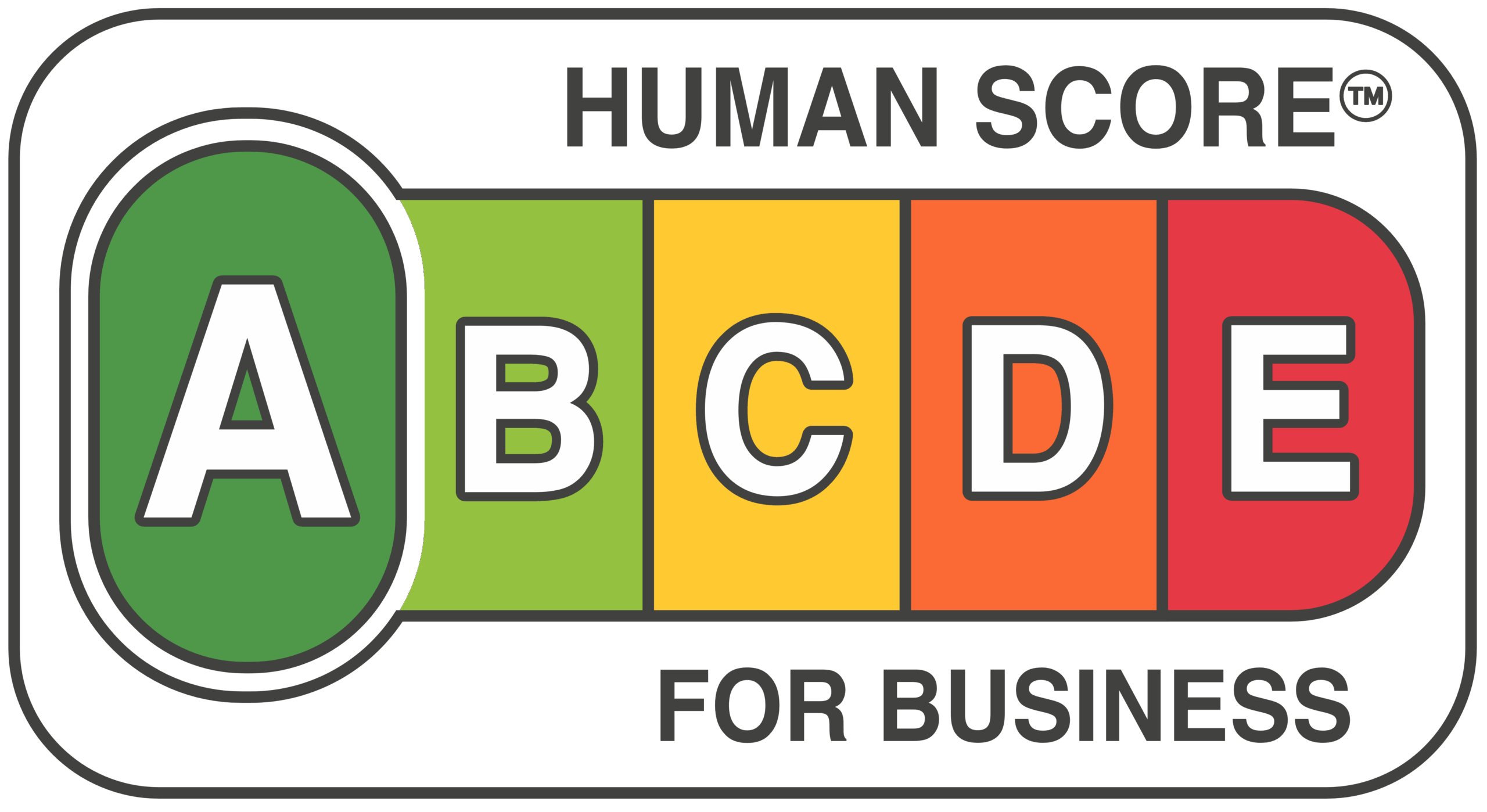When Control Replaces Trust
Recently, I shared a short story in this video that captured a small moment with significant implications: a top-performing employee venting about having to take another round of compliance training, not for regulations, but for internal software. The frustration was evident. He wasn’t resisting doing his job. He was resisting control.
That moment wasn’t isolated. It echoed a deeper pattern I hear in conversations with leaders and employees across the globe: the subtle and not-so-subtle ways companies still treat people like objects. We often talk about slavery in America as if the Emancipation Proclamation marked its end, but many of the mindsets and management practices simply evolved. They followed us from the Farm to the Factory of the Industrial Age, into the Open Workspaces of the Information Age. At The Human Score, it’s our mission to ensure these practices don’t follow us into the Experience Age or the Intelligence Age now unfolding. In a world racing toward AI and automation, we keep saying, “Tech is the future.” But here’s the truth:
Tech may boost efficiency, but only humans spark innovation.
Buy tech to move faster. Invest in humans to go farther. One cuts costs. The other creates the future.
The Hidden Cost of Objectification
During the Great Resignation, the headlines sparked essential questions for leaders everywhere. While the mass exodus has slowed, Gallup’s 2024 State of the Global Workplace report shows that employee engagement and well-being remain alarmingly low, signs that deeper issues persist beneath the surface. A study from Stanford University outlines 10 signs of objectification, experiences echoed in exit interviews, employee feedback, and resignation letters:
- Instrumentality – Treated as tools for company goals.
- Denial of Autonomy – No say in how or when they work.
- Inertness – Micromanaged into stagnation.
- Fungibility – The treatment of a person as interchangeable with other objects.
- Violability – No boundaries respected.
- Ownership – Controlled through outdated work models.
- Denial of Subjectivity – Ignoring the experiences of a person.
- Reduction to Body – Valued only for labor.
- Reduction to Appearance – Judged by surface traits.
- Silencing – Companies may ask for input, but too often they fail to truly hear it. Qualtrics research shows that while 77% of employees are asked for feedback, only 30% believe their feedback leads to meaningful change.
These dynamics of mimicking Owner/Slave mentality didn’t end with plantations or factory floors. They evolved into open offices, performance dashboards, and compliance portals.
We’ve carried a “slave mentality” from Farm, to Factory, to Fast-paced open workspaces, and now into digital-first, AI-driven offices. It’s time to leave it behind.
A New Operating System for the Age of Intelligence
As companies onramp AI, they face a critical inflection point. Not only to drive efficiency, but to elevate the effectiveness of the humans involved. Unlocking creativity, empathy, adaptability, and problem-solving isn’t optional; it’s essential to building companies that are not just efficient but more effective and innovative.
That’s where The Human Score comes in. We’ve developed a practical framework for this exact challenge, one that helps leaders transition from control to co-creation and from efficiency alone to a more human and innovative workplace.
At the Human Score, we use five dimensions to assess and design workplaces where people and companies both thrive:
- Work Design – Is the work itself energizing, meaningful, and aligned with the human’s strengths, talents, and skills?
- Organizational Structure – Does the structure support collaboration, agility, and autonomy?
- Culture – Are the norms, values, and behaviors human-centered?
- Decision-Making – Are decisions transparent, participatory, and grounded in shared purpose?
- Fairness – Do all employees experience opportunity, recognition, and inclusive treatment?
As a leader, you may answer yes to these questions, but do your employees? What is your leadership language signaling—in communications, in policies and procedures, and in what your L&D department delivers? What are you requiring that kills momentum? Is your organization built on control or trust?
What Leaders Can Do Today
1. Audit your language.
Words like “compliance,” “submission,” and “subordinate” reveal more than you think. Pay attention to where resistance lives. It often points to objectification hiding in plain sight.
2. Flip your L&D investments.
Research from OneRange shows that innovative companies flip the traditional L&D model, investing 80% in upskilling and development, and only 20% in compliance. That’s the path to creating, not controlling, future-ready teams.
3. Shift from control to co-creation.
If your systems assume employees can’t be trusted, you’re managing outputs, not leading humans. Invite people to co-create their learning, goals, and workflows. When employees help shape the path, they don’t resist it. They drive it.
This Isn’t Just Philosophy, It’s Performance
McKinsey reports that companies prioritizing human-centered design and experience outperform their peers by 2x in revenue growth and shareholder returns. Gallup research consistently demonstrates that engaged employees are more productive, loyal, and innovative.
A Tool to Leave the Slave Mentality Behind
At The Human Score, we give you a magnifying glass to examine your workplace through a human-centered lens. Not just what your people produce, but the experience that consistently hinders their performance. Research from Forrester and MIT Sloan shows that companies with strong employee experience outperform competitors in innovation, customer satisfaction, and profitability. Our diagnostic helps you:
- Spot where control is disguised as process.
- Measure where you’re objectifying rather than empowering.
- Help leaders identify opportunities for co-creating solutions with employees, rather than defaulting to the traditional leader-developed approach.
Human-centered leadership isn’t soft. It’s strategic.
The companies that thrive in an AI-enabled world won’t be the most automated. They’ll be the most human.
If you’re ready to lead an organization like this, follow the Human Score and request a demo to see how our tool can enhance your human-centric approach. You don’t need another engagement survey; you need a new way to see your organization.
Let’s build the future—together.
